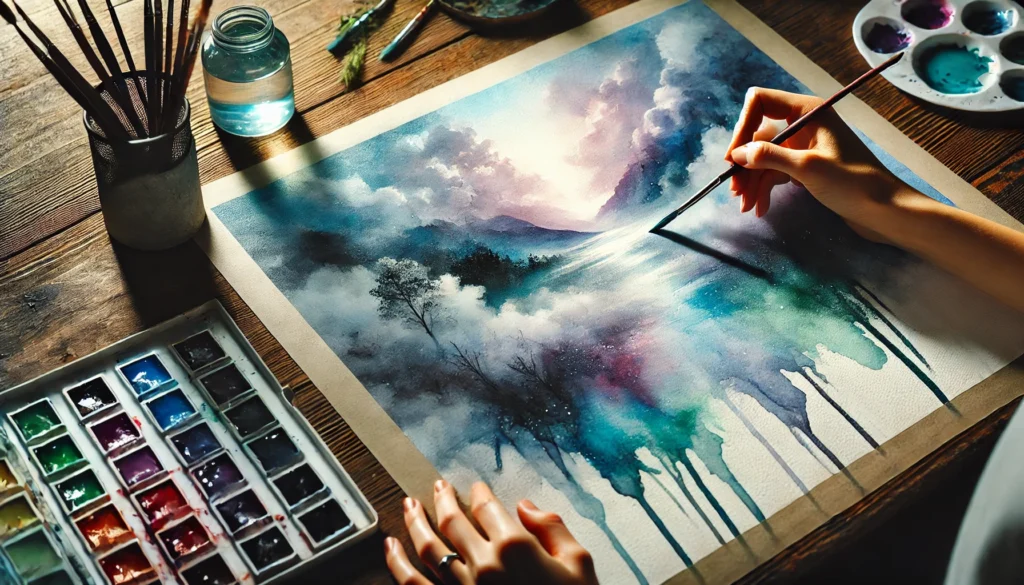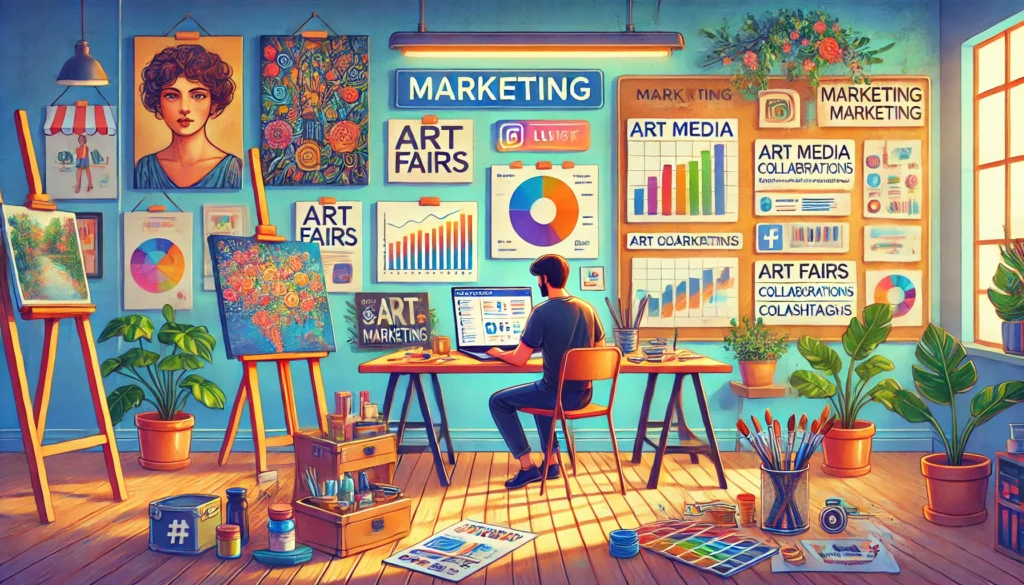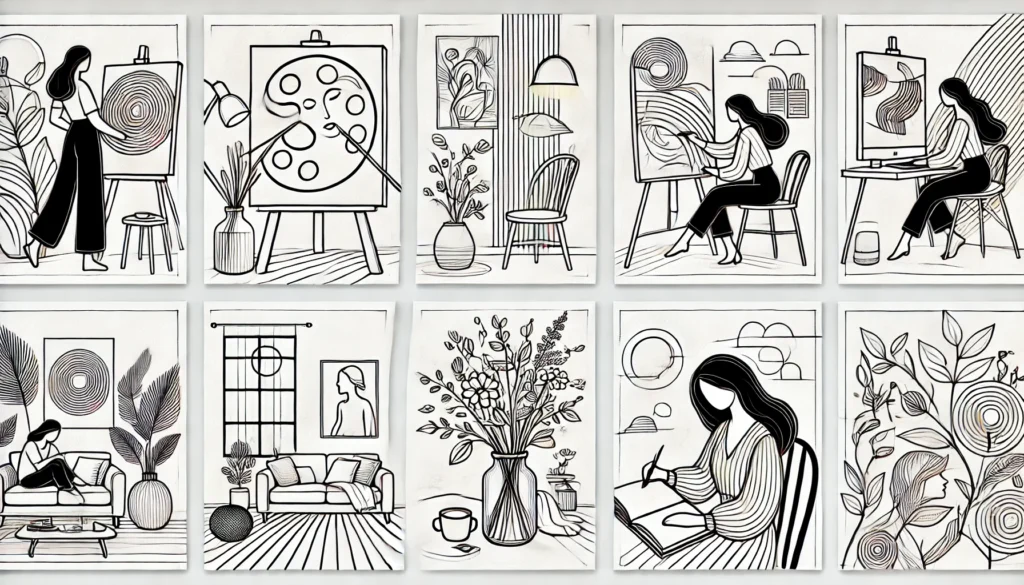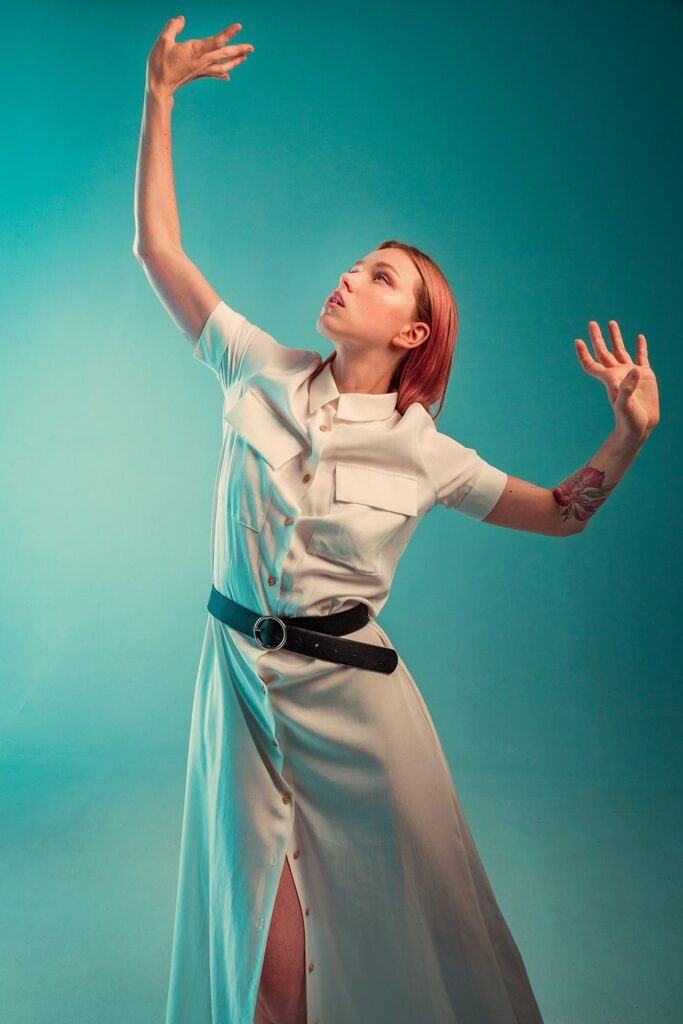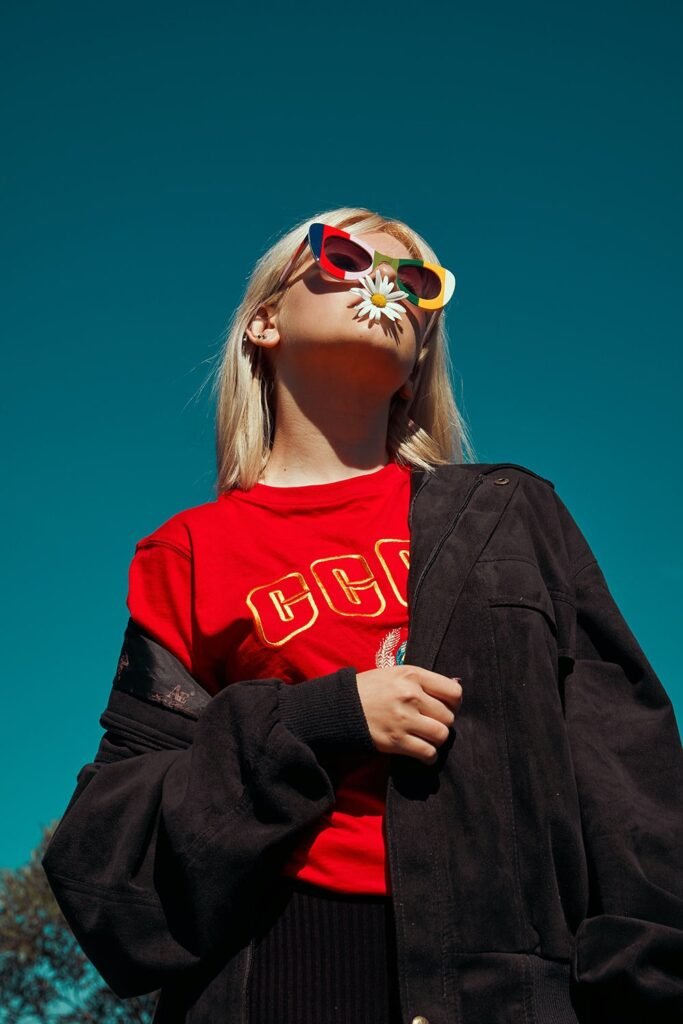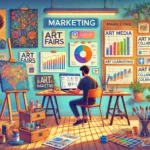How to Start an Art Business: A Step-by-Step Guide for Beginners

Starting an art business can be both exciting and challenging. For artists who dream of turning their passion into a profitable venture, knowing the right steps can make the journey smoother. Here’s a comprehensive guide to help you build a successful art business from scratch.
1. Define Your Niche
The art world is vast, and finding your niche is essential for standing out. Consider:
- Your Style: Abstract, portrait, landscape, digital, etc.
- Your Medium: Paintings, sculptures, photography, or mixed media.
- Your Audience: Are you targeting individual buyers, corporate clients, or galleries?
A well-defined niche helps you attract the right audience and build a strong brand identity.
2. Create a Business Plan
A solid business plan is the foundation of any successful business. Include:
- Vision and Mission: Why are you starting this business, and what are your goals?
- Market Research: Analyze your competition and target audience.
- Pricing Strategy: Decide how you will price your artwork.
- Revenue Streams: Include sales of original works, prints, commissions, workshops, or merchandise.
3. Build Your Portfolio
Your portfolio is your most powerful marketing tool. Ensure it:
- Showcases Your Best Work: Highlight your unique style and creativity.
- Includes a Range of Pieces: Demonstrate versatility within your niche.
- Is Professional and High-Quality: Use clear, well-lit photos or scans of your work.
4. Register Your Business
Formalize your art business by:
- Choosing a Business Name: Make it memorable and relevant to your art.
- Registering Your Business: Follow local regulations to legally operate.
- Getting Necessary Licenses: Check for permits or certifications required for selling art.
5. Set Up Your Online Presence
In today’s digital world, an online presence is critical. Start with:
- A Professional Website: Include your portfolio, artist bio, contact information, and an online store.
- Social Media Platforms: Focus on Instagram, Pinterest, and TikTok for visual art promotion.
- Email Marketing: Build a mailing list to share updates, events, and new releases.
6. Develop a Pricing Strategy
Pricing your art can be tricky. Consider:
- Materials and Time: Calculate costs of production and hours spent.
- Market Rates: Research what similar artists charge.
- Value Perception: Higher prices can sometimes increase the perceived value of your work.
7. Market Your Art
Marketing is crucial for reaching your audience. Use these strategies:
- Social Media Campaigns: Post regularly, engage with followers, and use hashtags.
- Collaborations: Partner with other artists or brands to expand your reach.
- Exhibitions and Events: Attend art fairs, local markets, and gallery shows.
- SEO and Blogging: Write about your creative process or art tips to drive traffic to your site.
8. Build Relationships with Clients and Collectors
Strong relationships lead to repeat business and referrals. Focus on:
- Excellent Customer Service: Be professional and responsive.
- Personal Touch: Send thank-you notes or updates to collectors.
- Networking: Attend events and join art communities to connect with potential buyers.
9. Diversify Your Income Streams
Relying on one source of income can be risky. Explore:
- Art Prints and Merchandise: Offer affordable options for a wider audience.
- Workshops and Classes: Teach your techniques to others.
- Art Licensing: Allow your work to be used on products or media.
10. Keep Learning and Evolving
The art world is constantly changing. Stay ahead by:
- Attending Workshops and Seminars: Learn new skills and techniques.
- Following Trends: Adapt to what’s popular without losing your unique touch.
- Seeking Feedback: Regularly review and improve your work and business strategies.
Conclusion
Starting an art business requires creativity, planning, and perseverance. By following these steps, you can transform your passion into a sustainable and fulfilling career. Remember, success doesn’t happen overnight; stay consistent, keep learning, and enjoy the journey!




















